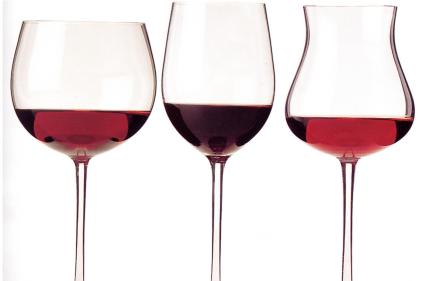However, competition is not the only issue, because 20% of Americans say they are cutting back on domestic beer consumption because it has too many calories and 15% believe it to be unhealthy. This has helped buoy the sales of wine, traditionally seen as a healthier option, which saw sales increase 2.6% in 2013 to an estimated $42 billion, compared to a rather stagnant 0.3% increase for beer. Overall, 53% of U.S. consumers say they have had liquor in the last six months, and 52% have enjoyed wine, while 52% have had any domestic beer and 45% any imported beer, including regular and lower-calorie products.
In addition to calorie concerns, much of the switch can be traced back to consumers’ lust for variety and different flavors, with craft beer and hard cider, along with wine and spirits all showing significant upticks in consumption over the past six months, particularly among younger consumers. Almost 25% of 22-24 year olds report drinking more spirits or wine compared to the previous six months, with craft beer accounting for the one beer segment that has benefitted from increased interest across 22-44 year olds. Nearly 55% of all beer drinkers say that they like to try new alcoholic drinks like craft beer or hard cider, and 18% of those aged 22-24 report drinking more hard cider in the past six months, the largest increase amongst any alcohol type across all measured age groups.
“We’ve seen for years that Americans of legal drinking age are no longer only beer, wine, or liquor drinkers, instead they’re trying a variety of alcoholic beverages. Their drinks -- or drinks -- of choice during the Super Bowl will likely be no exception, with consumers curious to try new craft beers, hard ciders, sparkling wine, and flavored liquors,” says Jennifer Zegler, global food and drink analyst at Mintel. “However, this thirst for variety has led to flat volume sales for brewers, even though people are buying more of much-smaller segments like craft beer and hard cider. Brewers of all sizes must cater to this curiosity with new styles, taste profiles, and limited-edition options.”
To that end, brewers everywhere seem to be getting the message and are responding in kind. According to Mintel Global New Products Database (GNPD), beer represented 44% of new alcoholic product launches in 2013, up from only 15% in 2009. From 2012 to 2013 alone, the number of new beer launches increased by a whopping 113%.
The top claim for new beer products remains limited-edition beers, with an 850% increase in the U.S. from 2010-2013. In addition, much growth has occurred for products with environmentally friendly packaging (233%), as well as premium beers (37%). More than half (52%) of those who drink beer, hard cider, and/or malt liquor say they like to choose different alcoholic drinks depending on the season.
“While craft brewers have led the trend of seasonal releases, consumers admit that it’s more than their beer that they change depending on the season. This means adults of legal drinking age are always reconsidering their alcoholic beverage choices, leaving manufacturers constantly competing for consumption,” says Zegler.
Yet, loyalty might not be out of grasp. Mintel research finds that alcoholic beverage consumption declines with age suggesting that manufacturers could be benefitted by courting the drinkers aged 22-34 who might be making more educated choices now, which could develop into long-term habits.
“Despite the current lack of loyalty among legal drinkers, there’s the possibility that 25-34 year olds are cutting back on their experimentation as they age. This could be a time when they are establishing their favorite products, or at best preferred brands, to which they might remain loyal throughout their adulthood. Thus, it’s even more imperative that manufacturers form authentic connections with these young adults of legal drinking age, but continue to capture their interest with a rotation of new products,” concludes Zegler.
